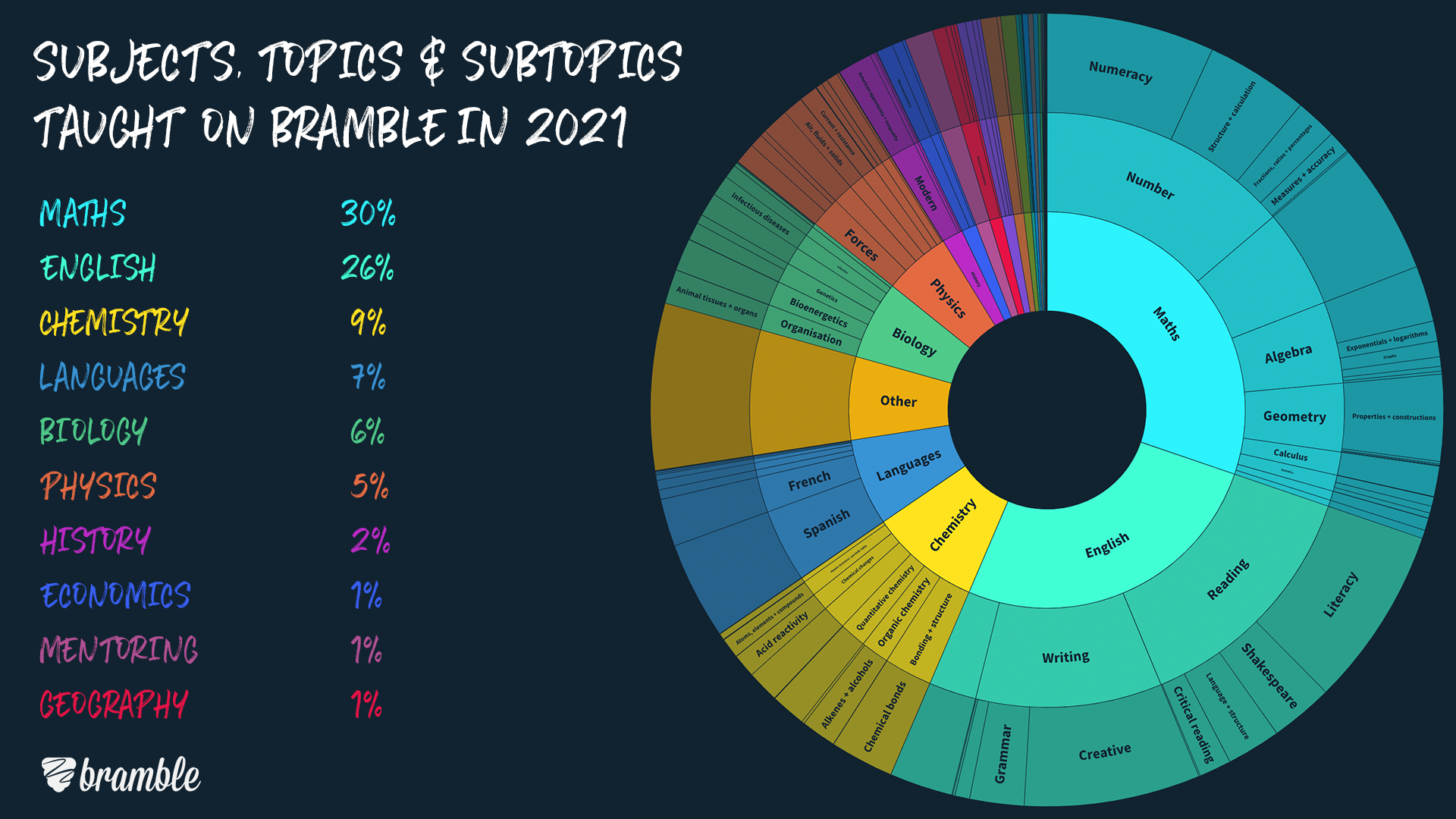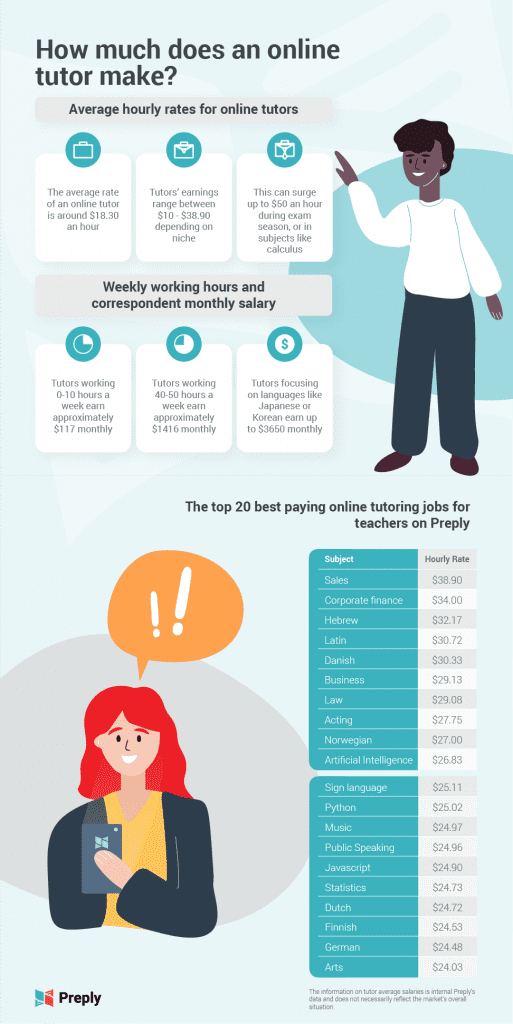Understanding the Obstacles: Why Students Locate Data Difficult and Exactly How Tutoring Helps
Data offers numerous difficulties for trainees. The details of fundamental principles, combined with complicated terminology, frequently lead to misunderstandings. Misinterpretations can originate from cognitive prejudices, particularly in differentiating connection from causation. Personalized tutoring becomes a viable remedy, supplying tailored direction that addresses individual finding out demands. As students browse these difficulties, they might find that the appropriate support can transform their understanding and mindset in the direction of the subject. What various other advantages might this strategy deal?
The Complexity of Statistical Concepts
Although analytical concepts are necessary for information analysis, their complexity commonly presents significant difficulties for learners. Many students battle to realize fundamental concepts such as possibility, distributions, and hypothesis screening. These principles require not just mathematical abilities yet likewise an understanding of their real-world applications, which can be abstract and unintuitive. The usage of jargon and technical language better complicates the learning process, making it tough for students to attach theory with practice. In addition, the interplay in between various statistical methods can lead to confusion, especially when establishing the proper strategy for a given dataset. As students attempt to browse these elaborate ideas, they may come to be overloaded, causing disappointment and disengagement. This complexity necessitates efficient mentor techniques and helpful sources, such as tutoring, to help students build confidence and achieve a deeper understanding of data. Identifying these challenges is the primary step toward promoting much better educational results in the field.
Obstacles in Information Interpretation
Information analysis presents substantial difficulties that can prevent exact analysis and decision-making. Pupils commonly have a hard time to draw meaningful verdicts from data as a result of an absence of experience with various statistical techniques and tools. Misinterpretation can occur from the overwhelming quantity of information, bring about confusion about which metrics are relevant. In addition, cognitive prejudices might cloud judgment, causing students to favor information that confirms pre-existing ideas instead of reviewing information fairly.
One more obstacle lies in differentiating correlation from causation, a critical idea that can alter understanding of relationships within data collections. Furthermore, the visual representation of information, such as graphes and charts, can often deceive otherwise analyzed appropriately, causing unreliable conclusions. These obstacles underscore the relevance of establishing solid data analysis abilities, as they are crucial for making notified choices in both academic and real-world contexts. Reliable tutoring can give the assistance needed to get rid of these obstacles and foster better understanding.
The Duty of Chance in Stats
Exactly how does likelihood form the structure of statistical evaluation? Possibility serves as a critical tool in data, enabling researchers to make reasonings regarding populations based upon example information. By measuring uncertainty, likelihood allows statisticians to estimate the likelihood of various end results, promoting decision-making procedures. Chance circulations, such as the regular distribution, give crucial structures for understanding information actions and irregularity.
Moreover, principles like theory testing depend greatly on probability to determine the relevance of outcomes (Statistics Tutoring). This interaction in between possibility and statistics helps in assessing the validity of insurance claims and leading more research. Understanding probability is necessary for analyzing analytical outcomes accurately, as it aids to contextualize findings within their more comprehensive unpredictability. Subsequently, a strong understanding of chance concepts outfits students with the analytical abilities needed to tackle intricate analytical difficulties, cultivating a more extensive understanding of the subject issue
Common Misconceptions Regarding Statistics
What are some typical misconceptions that often cloud the understanding of stats? Several individuals mistakenly think that stats merely browse around this web-site includes numbers, ignoring its conceptual foundations. Some presume that a tiny example dimension can produce reliable verdicts, disregarding the value of representative data. One more widespread mistaken belief is the belief that correlation indicates causation, bring about wrong interpretations of connections in between variables. In addition, lots of trainees believe that stats is exclusively concerning computations as opposed to recognizing its function in data interpretation and decision-making. Others might view stats as an inflexible technique, stopping working to value its flexibility in different contexts. Misconceptions about analytical value, such as corresponding it with useful importance, additionally add to confusion. These mistaken beliefs can prevent students' ability to comprehend analytical ideas successfully, usually causing irritation and stress and anxiety when involving with the topic. Resolving these misconceptions is important for promoting a much more extensive understanding of stats.
The Advantages of Individualized Tutoring
Customized coaching offers considerable benefits for students dealing with stats, as it customizes guideline to specific discovering designs and needs. This tailored strategy allows tutors to identify certain locations of difficulty and adapt their teaching strategies as necessary. By concentrating on the unique difficulties each student deals with, tailored tutoring fosters deeper understanding and retention of statistical ideas.
Moreover, one-on-one communication supplies pupils with the opportunity to ask questions easily and receive immediate responses, enhancing finding out performance. Customized tutoring also helps build self-confidence, as trainees progression at their very own speed without the stress of a classroom environment.

Often Asked Inquiries
What Previous Knowledge Is Required Prior To Researching Data?
Prior knowledge in helpful hints basic maths, including algebra and arithmetic, is vital before studying stats. Familiarity with concepts such as features, information, and variables analysis substantially improves comprehension and application of analytical concepts in real-world situations.
How Does Technology Impact Discovering Stats?
Technology boosts finding out stats by giving interactive devices, simulations, and visualizations that make clear ideas. On-line systems enable joint discovering and accessibility to resources, cultivating a much deeper understanding of analytical techniques and encouraging engagement among students.
Are There Particular Research Study Techniques for Learning Data?
Reliable study methods for mastering statistics include energetic technique with analytical, using visual help, developing study teams for collective learning, and applying real-world instances to improve understanding and retention of statistical principles.
What Professions Call For Solid Analytical Skills?
Careers requiring strong statistical skills include information analyst, statistician, actuary, market scientist, and epidemiologist. These careers take advantage of analytical approaches to analyze information, notify decisions, and resolve complicated problems across various markets, boosting general logical capabilities.
How Can Team Research Study Sessions Assist With Statistics?
Group study sessions improve understanding of data by advertising collaborative analytic, allowing diverse perspectives on complicated principles, and cultivating a supportive atmosphere where students can make clear questions and strengthen finding out via discussion and shared resources. Online Statistics Tutoring.
